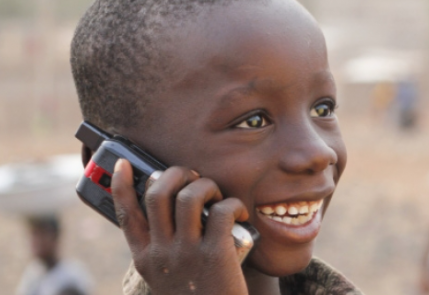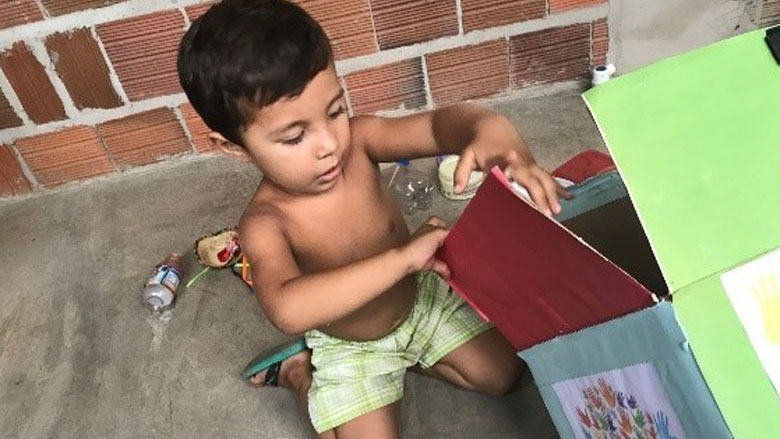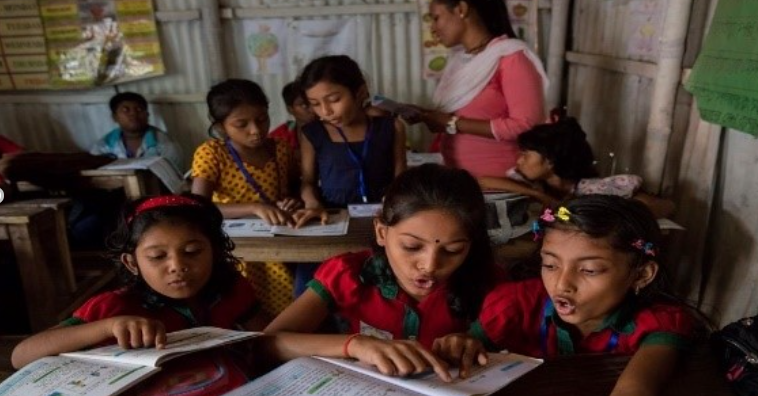The Challenge: Responding to a learning crisis exacerbated by COVID-19
The closure of schools due to the COVID-19 (coronavirus) pandemic has created unprecedented pressure on education, with short and long terms costs that include poorer learning outcomes, lower human capital accumulation, increased inequality, and greater instability. The world was already living in a learning crisis. If governments do not respond well, the learning crisis will deepen, and the country’s human capital will be depleted. More children and young people will not even go to school, and the opportunity gaps between rich and poor will be even larger. The negative impacts are potentially higher among the poor, leading to increased inequality and greater instability (crime and violence could increase; more unemployed, out-of-school youth).
Our Strategic Vision: Re-imagining Education to blur the lines between school and home
The world must respond quickly and deliberately to mitigate impacts while seizing opportunities to make education more inclusive, effective and resilient than pre-COVID-19. This will require adopting two main strategies: i) countries should support reforms of teaching, curricula and assessment of learning to enable resilience and accelerated learning anytime, anywhere; and ii) develop mechanisms to support children and parents at home for continuous learning. The successful implementation of these strategies will require the world to re-imagine education. The paradigm of school as a fixed place where children must go at a fixed time should be extended so that the school can also go to the child anywhere, anytime –a school without walls. Learning outside school and at home should be the norm rather than the exception.
The significant investments in educational technology and other remote learning strategies that countries have made in the recent months to continue learning can be used as a launching pad for the new post-COVID-19 world. The lessons that we are learning today can help us re-imagine education.
Continuous and Accelerated Learning in response to COVID-19
The Continuous and Accelerated Learning (CAL) program aims to support multi-modal continuous learning by supporting the development, dissemination and delivery at scale of new and existing global public goods and regional learning continuity approaches, in the short term to offset the impacts of school closures, and in the medium to long term to ensure continuity and accelerate learning after schools re-open while building resilience into the education system. Support will be focused on improving foundational learning and lowering learning poverty by adapting to students’, teachers’ and parents’ needs, anywhere, anytime in a more inclusive, equitable, effective and resilient way than pre-COVID-19.
The CAL program focuses on five key areas:




There is a strong demand for this work from countries, and the work is timely and relevant as evidenced by the active engagement of 18 countries in the pilots and the strong demand for just-in-time technical assistance: Afghanistan, Cambodia, Cameroon, Djibouti, Ethiopia, Ghana, Haiti, Kenya, Malawi, Marshall Islands, Mozambique, Nepal, Niger, Pakistan, Rwanda, Senegal, Sudan, and Tanzania.
It is expected that the activities within the key areas will be scaled up within existing or future country operations. Check out our first blog on the CAL program and lessons learned so far.
Partnerships
The World Bank is partnering with many actors around the world such as UNICEF and UNESCO for close coordination, monitoring of pandemic response by countries, and co-development of remote learning strategies, as well as others like OECD and Harvard on documenting country experiences on continuity of learning. In developing and testing the global public goods, the World Bank is drawing on its own budget and from various grants. The main grant funding available is from the Global Partnership for Education (GPE) awarded to a consortium comprising of the World Bank, UNICEF and UNESCO. The portion of GPE grant to the Bank finances the five key areas of this work on continuity and acceleration of learning. Other sources of financing for this work are the REACH Trust Fund and the Early Learning Partnership (ELP) Trust Fund which cover some of the costs of the Read@Home program.

